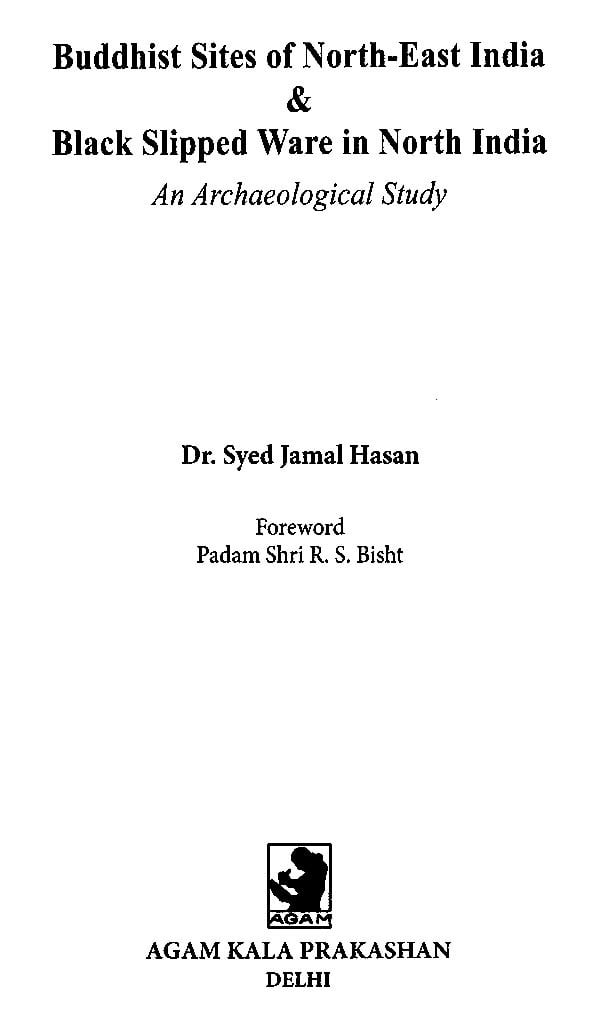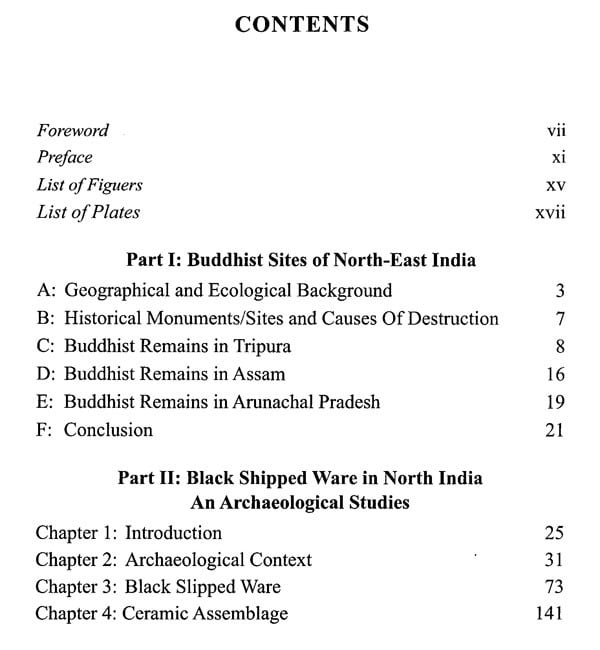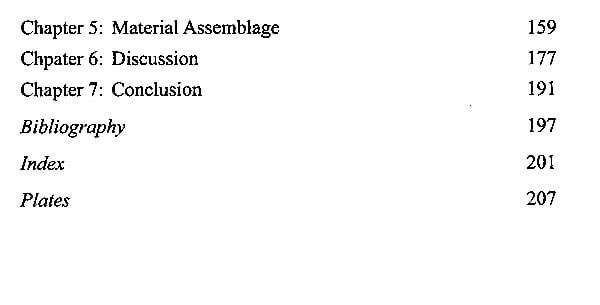
Buddhist Sites of North-East India & Black Slipped Ware in North India an Archaeological Study
Book Specification
| Item Code: | AZG165 |
| Author: | Syed Jamal Hasan |
| Publisher: | AGAM KALA PRAKASHAN, DELHI |
| Language: | ENGLISH |
| Edition: | 2021 |
| ISBN: | 9788173201943 |
| Pages: | 218 |
| Cover: | HARDCOVER |
| Other Details | 9.50x6.50 inch |
| Weight | 430 gm |
Book Description
The present study on the Black Slipped Ware of Eastern Uttar Pradesh and Avadh region (Pre-NBPW deposit) shows that it is entirely different in texture, polished, shapes and types as discovered from other parts of Northern India. We can suggest that the Black Slipped Ware of this region can be treated as a separate culture which originated in Eastern UP around 1100 B.C.E and continued upto 400 B.C.E when it finally merged with N.B P.Ware.
Dr. Syed Jamal Hasan, born on 4th May 1956 in Zamindar family Jaunpur, Uttar Pradesh, obtained Post-Graduation in Ancient History, Culture Archeology from Tilak-Dhari Mahavidyalaya, Jaunpur (U.P) recently retired Director (Archeology) from Archeological Survey India 2016). He started training from Sringaverpura excavation under the project "Archeology Ramayana Sites", during 1977-78, 1978-79 and at Bhardwaj Ashram (1982-83). He served a Museum Curator Department History (Delhi University) between 1981 and obtained M.Phil from the same. He also holds Post Graduate Diploma (Archeology) from ASI and D.Phil from H.N.B University, Srinagar, Garhwal (U.K.)
He served in ASI for about 35 years in different capacities and places since 1981 in respective fields like excavation, exploration and conservation of ASI protected monuments/sites in the jurisdiction of Rajasthan, Uttar Pradesh, Uttrakhand and North-East India.
In the beginning of his career, he supervised the excavation work at Sringaverapura, Hulas, Ror, Bahiri, Bhardwaj Ashram, Banawali and sites Haryana under Indo French expedition (1988). The sites like Aunahan, Bhita, Orajhar, Shyam Sunder Tila, Thakurani Tila (Pillak) Surya Pahar, Karenghar, Charai Deo and Boxanagar were excavated under his direction.
He has published a large number of research papers in various National & International Journals besides a monograph on the Antiquities of Kangra jointly with Dr. Dilip k Chakraborty.
Deputed Moscow (USSR) by the ASI to organise the "Drusba Dosti" Exhibition and alo presented research papers on Buddhism at Dhaka (Bangladesh) and Los Angeles (USA).
A few weeks ago, my friend Dr. Agam Prasad, the Publisher, approached me to write forward to this book. I readily agreed to it as pretty well know the author ever since he was a young archaeologist, and as such he was associated with me during the last season of the Indo-French Archaeological Expedition, jointly led by Henri-Paul Frankfort and me. I found him to a sincere, diligent and conscientious worker in the field. Later, he proud himself to be a good conservator and an astute administrator, too.
serious conservation measures were commenced me absence acute manpower shortage, communication bottleneck, insurgency problem, climatic hindrances, and frequent strikes (bandh) called different parties and groups North Eastern The most affected badly damaged portion monuments and sites were undertaken besides the exposing of structurals mounds Boxanagar and Shayam Sundar in light of Buddhist establishments spread to eastem part of Bangladesh and their relationship with Indian However, works carried out the department so far.
**Contents and Sample Pages**
















